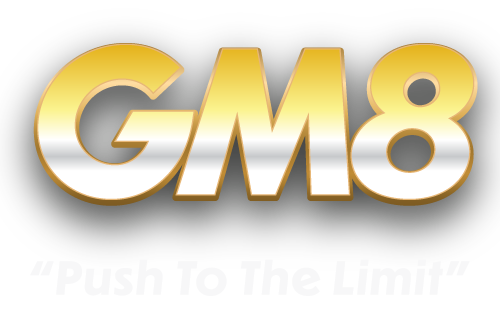i'd be an L body. i dunno i think the 93 3.1 W body sound promising. i'll se what i can do....
injectors....any suggestions guy?
well after that stuff i'm home free!.....oh wait.... i have ABSOULULY NO CLUE ON HOW TO HACK A GM COMP OR CHIP!!!!
injectors....any suggestions guy?
well after that stuff i'm home free!.....oh wait.... i have ABSOULULY NO CLUE ON HOW TO HACK A GM COMP OR CHIP!!!!




Comment